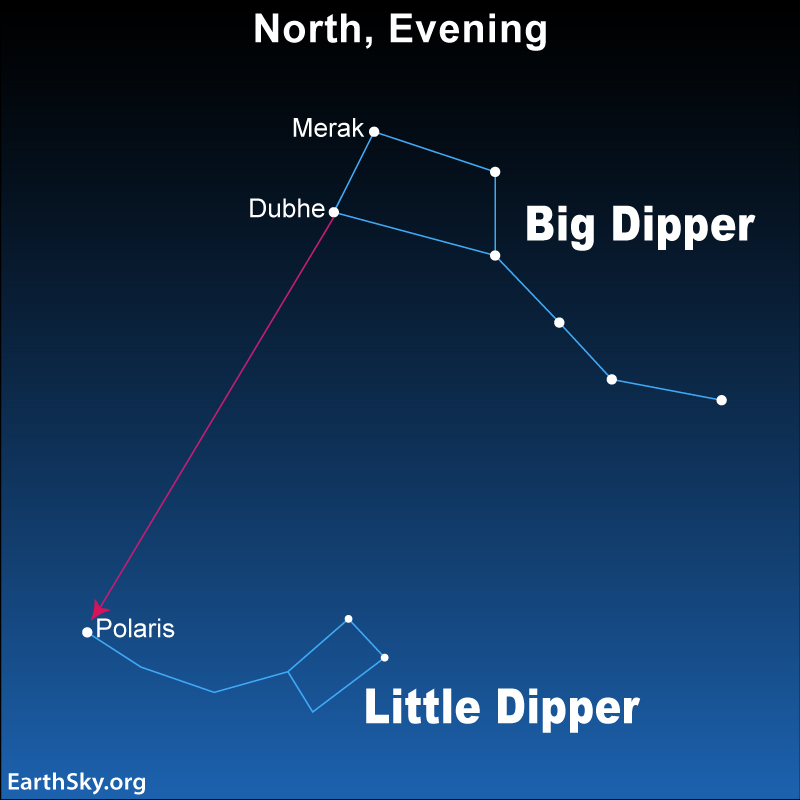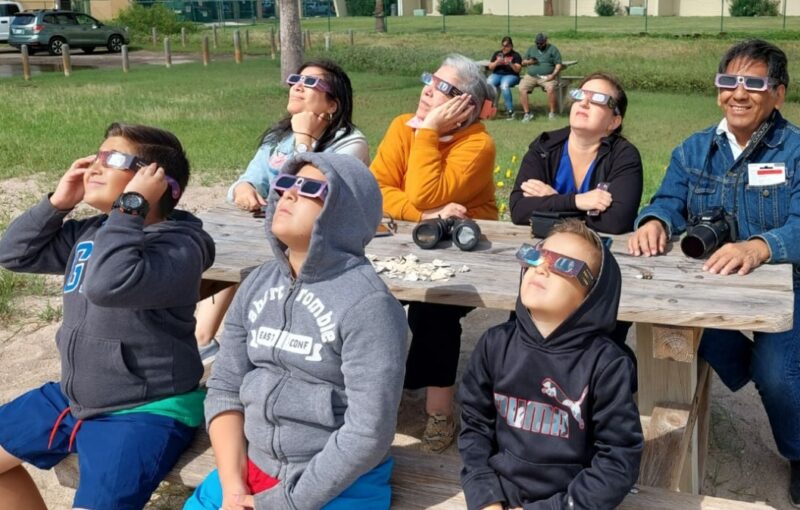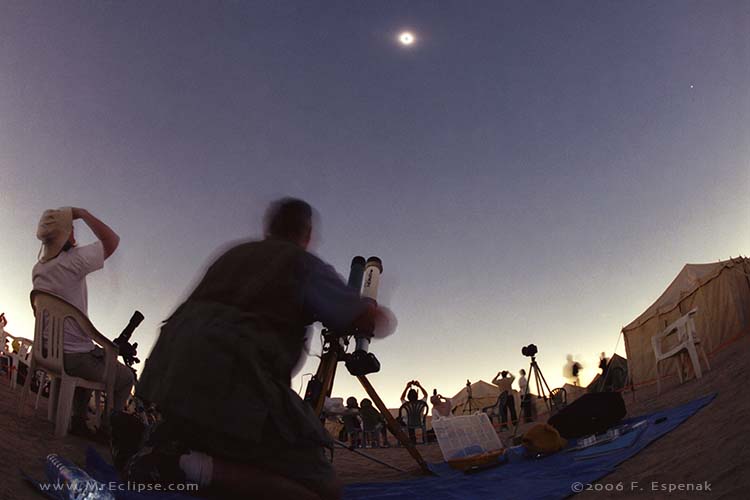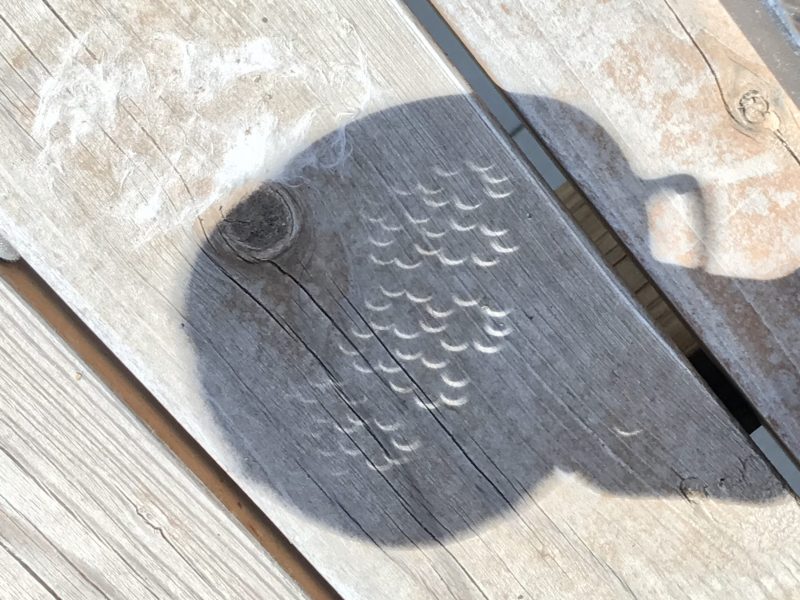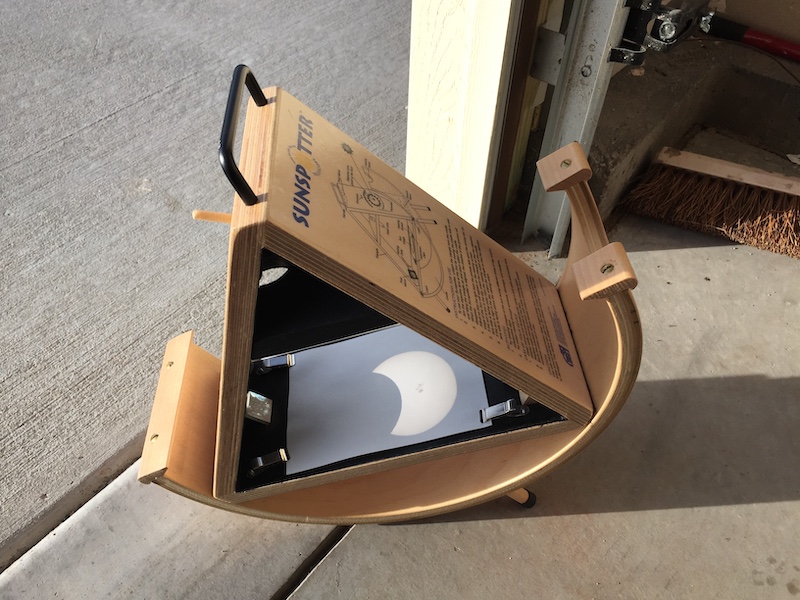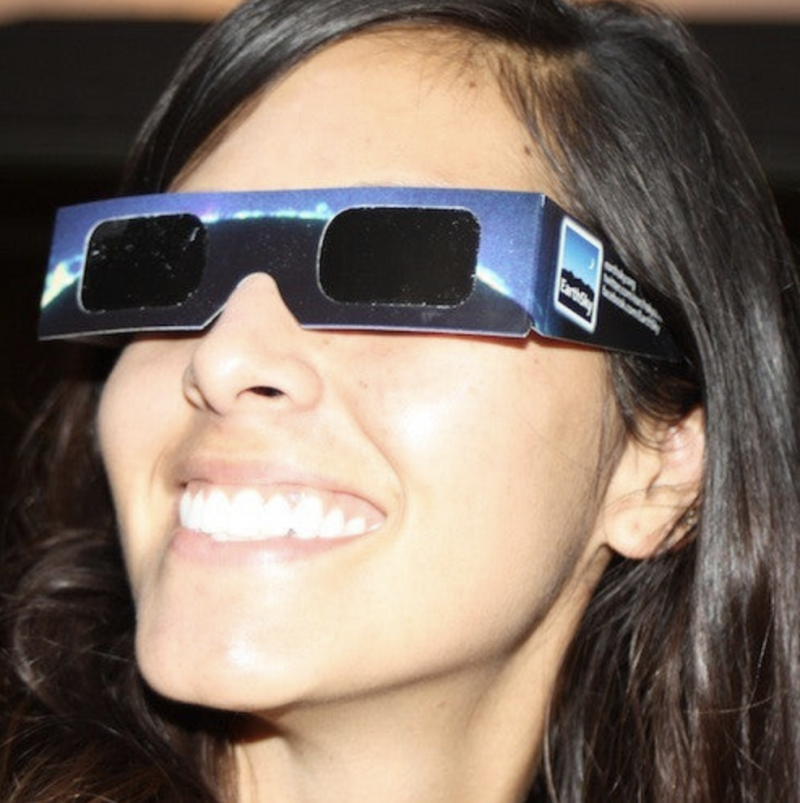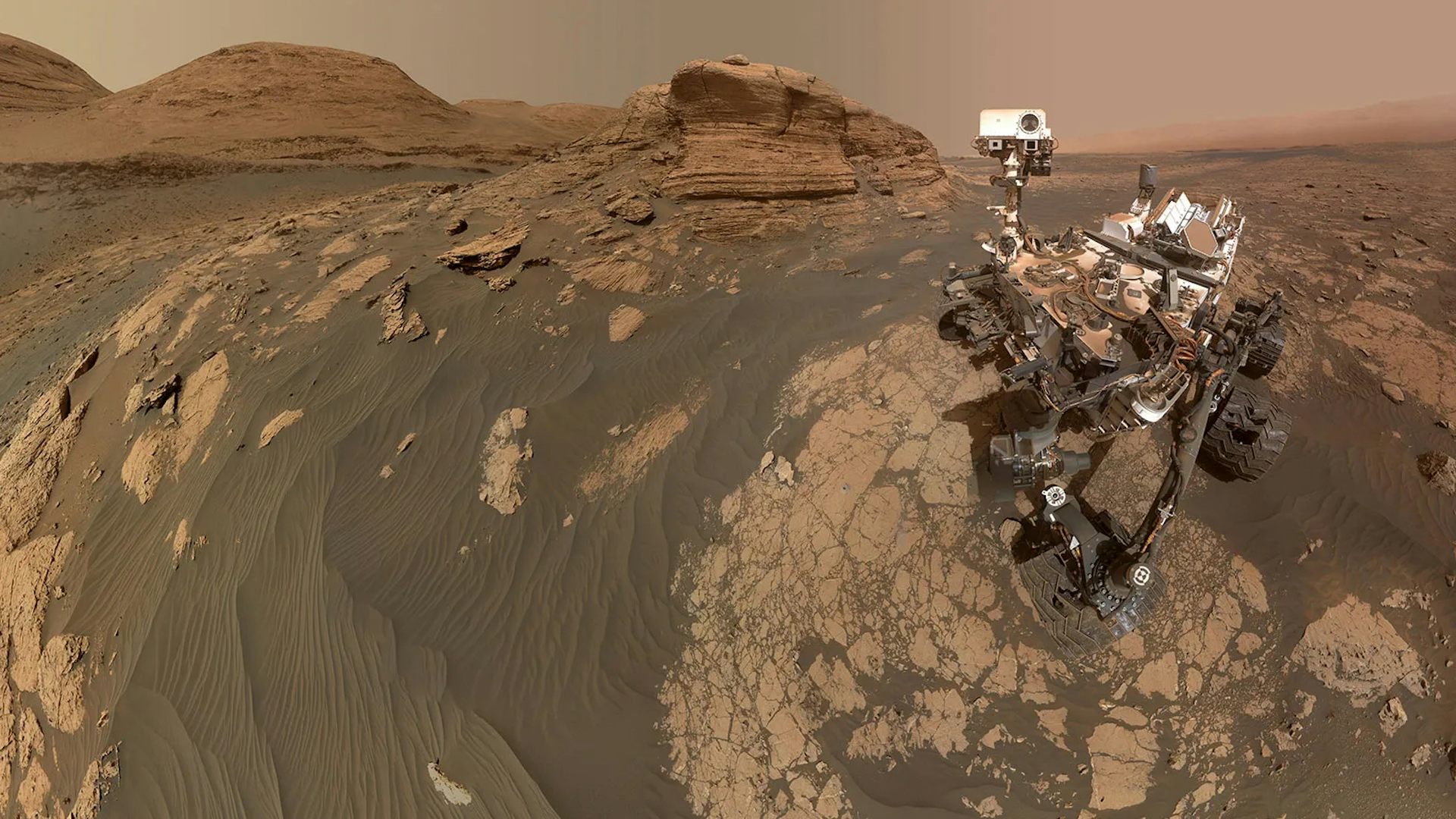
- Urban trees enhance residents’ well-being. A long-term Switzerland-wide study has found that neighborhoods with numerous, well-arranged trees exhibit lower mortality risks than other areas.
- Aggregated, connected tree clusters seem to provide greater health benefits than fragmented green spaces at the neighborhood level.
- In fact, the study identified a significantly lower mortality risk in people who live in neighborhoods with large, contiguous and well-networked areas of tree canopies.
ETH Zurich published this original story on March 20, 2025. Edits by EarthSky.
Residential trees benefit human health
Beyond creating a serene and open atmosphere in urban areas, trees and parks also contribute to human well-being. There are various reasons for this: trees filter pollutants out of the air, provide shade, lower the ambient temperature in hot weather and encourage people to spend more time outdoors. Many governments have set ambitious tree-planting targets for the decades ahead, partly in response to climate change and rising temperatures. In densely developed cities, however, space for new green space is at a premium. In this context, the key question is how to plant trees in existing green spaces to optimal effect.
This is a question that occupies urban planning researchers and practitioners alike, because any answer must take into account specific, local spatial circumstances and climatic conditions. ETH researchers are tackling this issue … not only in Switzerland, but also in Asia. In the course of their work, researchers from Future Cities Lab operated in Singapore by ETH Zurich and the National University of Singapore (NUS) discovered interesting links between tree management and the health of urban residents.
The 2025 EarthSky lunar calendar makes a great gift. Get yours today!
Data analysis on over 6 million people
To begin with, the researchers examined high-resolution tree canopy data to determine the structure of tree-covered green spaces within a radius of 500 meters (1,640 feet) of a person’s place of residence. In addition to recording the total area covered by all tree clusters, they also identified the proximity and connectedness of tree clusters, their geometrical complexity and the fragmentation level.
They linked this information with the survival time of the residents in the respective neighborhood for over 6 million adults. That is, they looked exclusively at natural-cause deaths due to illness and old age. The Swiss Federal Statistical Office supplied this data, which covers a 10-year period (2010–2019). In order to protect privacy, the Federal Statistical Office rounded the coordinates of citizens’ residences to the nearest 50 meters (164 feet).

Residential trees: quantity and positioning both matter
The analysis showed that both the tree canopy cover in residential areas and their spatial arrangement correlate with mortality. The study identified a significantly lower mortality risk in people who live in neighborhoods with large, contiguous and well-networked areas of tree canopies. That’s versus people who live in areas with fewer, fragmented areas of tree canopies with complex geometries. This correlation is particularly evident in densely developed peri-urban and urban areas with poor air quality and high temperatures. If such areas feature well-structured forested green spaces, the residents may receive more health benefits than other areas.
Yet, while this study represents an important first step, it is still not possible to draw conclusions regarding the causes. The researchers are not yet able to state with precision the pathways through which tree canopy configuration influences human health. Nevertheless, the study’s findings at the individual level are generally consistent with the results of similar studies at the community level in Philadelphia, Tehran and Taipei.
Isolated forested green spaces should be joined up
Dengkai Chi, a postdoctoral researcher at the ETH Future Cities Lab and the first author of the study, said:
Although we can’t yet define a direct causal link, when we have addressed factors such as age, gender and socio-economic status, the data show clear correlations. Our results provide plausible indications that human health may be influenced not only by the quantity of trees but also by their spatial distribution.
The findings underline the importance of carefully considering the layout of forested green spaces and adopting a targeted approach to tree placement. Chi said:
In order to fully exploit trees’ potential to support human health, cities should strive to not only increase the number of trees but also to connect isolated green spaces, including by creating tree-lined boulevards.
The study also suggested that compact, geometrically simple areas of tree canopy – including circular and rectangular forms – could have a greater positive effect on health than irregular, fragmented tree coverage. One possible explanation is that simply structured areas offer a larger core area, promote biodiversity and consequently attract residents to use these spaces.

Further research and clear indicators needed
Chi explained:
We’re still at the very outset of this research.
The study was unable to take account of many specific influencing factors, such as whether people have preexisting illnesses, smoke or actually use green spaces. In addition, the results of this study pertain to the neighborhood level. They do not necessarily translate to an entire municipal area. Initial indications suggest that, at the level of an entire city, the health-promoting effects of green spaces correlate with their more even distribution throughout the city. That way, as many residents as possible have access to them. The researchers hope to examine these issues in further studies to better understand these links.
Chi explained that, when it comes to developing recommendations for future action by political decision-makers and urban planners, the researchers will have to quantify their results more effectively and define specific thresholds.
Bottom line: A new study examined residential trees in Switzerland and found a significantly lower mortality risk in people who live in neighborhoods with large, contiguous and well-networked areas of tree canopies.
The post New study says residential trees can affect human health first appeared on EarthSky.
from EarthSky https://ift.tt/uNHwirn

- Urban trees enhance residents’ well-being. A long-term Switzerland-wide study has found that neighborhoods with numerous, well-arranged trees exhibit lower mortality risks than other areas.
- Aggregated, connected tree clusters seem to provide greater health benefits than fragmented green spaces at the neighborhood level.
- In fact, the study identified a significantly lower mortality risk in people who live in neighborhoods with large, contiguous and well-networked areas of tree canopies.
ETH Zurich published this original story on March 20, 2025. Edits by EarthSky.
Residential trees benefit human health
Beyond creating a serene and open atmosphere in urban areas, trees and parks also contribute to human well-being. There are various reasons for this: trees filter pollutants out of the air, provide shade, lower the ambient temperature in hot weather and encourage people to spend more time outdoors. Many governments have set ambitious tree-planting targets for the decades ahead, partly in response to climate change and rising temperatures. In densely developed cities, however, space for new green space is at a premium. In this context, the key question is how to plant trees in existing green spaces to optimal effect.
This is a question that occupies urban planning researchers and practitioners alike, because any answer must take into account specific, local spatial circumstances and climatic conditions. ETH researchers are tackling this issue … not only in Switzerland, but also in Asia. In the course of their work, researchers from Future Cities Lab operated in Singapore by ETH Zurich and the National University of Singapore (NUS) discovered interesting links between tree management and the health of urban residents.
The 2025 EarthSky lunar calendar makes a great gift. Get yours today!
Data analysis on over 6 million people
To begin with, the researchers examined high-resolution tree canopy data to determine the structure of tree-covered green spaces within a radius of 500 meters (1,640 feet) of a person’s place of residence. In addition to recording the total area covered by all tree clusters, they also identified the proximity and connectedness of tree clusters, their geometrical complexity and the fragmentation level.
They linked this information with the survival time of the residents in the respective neighborhood for over 6 million adults. That is, they looked exclusively at natural-cause deaths due to illness and old age. The Swiss Federal Statistical Office supplied this data, which covers a 10-year period (2010–2019). In order to protect privacy, the Federal Statistical Office rounded the coordinates of citizens’ residences to the nearest 50 meters (164 feet).

Residential trees: quantity and positioning both matter
The analysis showed that both the tree canopy cover in residential areas and their spatial arrangement correlate with mortality. The study identified a significantly lower mortality risk in people who live in neighborhoods with large, contiguous and well-networked areas of tree canopies. That’s versus people who live in areas with fewer, fragmented areas of tree canopies with complex geometries. This correlation is particularly evident in densely developed peri-urban and urban areas with poor air quality and high temperatures. If such areas feature well-structured forested green spaces, the residents may receive more health benefits than other areas.
Yet, while this study represents an important first step, it is still not possible to draw conclusions regarding the causes. The researchers are not yet able to state with precision the pathways through which tree canopy configuration influences human health. Nevertheless, the study’s findings at the individual level are generally consistent with the results of similar studies at the community level in Philadelphia, Tehran and Taipei.
Isolated forested green spaces should be joined up
Dengkai Chi, a postdoctoral researcher at the ETH Future Cities Lab and the first author of the study, said:
Although we can’t yet define a direct causal link, when we have addressed factors such as age, gender and socio-economic status, the data show clear correlations. Our results provide plausible indications that human health may be influenced not only by the quantity of trees but also by their spatial distribution.
The findings underline the importance of carefully considering the layout of forested green spaces and adopting a targeted approach to tree placement. Chi said:
In order to fully exploit trees’ potential to support human health, cities should strive to not only increase the number of trees but also to connect isolated green spaces, including by creating tree-lined boulevards.
The study also suggested that compact, geometrically simple areas of tree canopy – including circular and rectangular forms – could have a greater positive effect on health than irregular, fragmented tree coverage. One possible explanation is that simply structured areas offer a larger core area, promote biodiversity and consequently attract residents to use these spaces.

Further research and clear indicators needed
Chi explained:
We’re still at the very outset of this research.
The study was unable to take account of many specific influencing factors, such as whether people have preexisting illnesses, smoke or actually use green spaces. In addition, the results of this study pertain to the neighborhood level. They do not necessarily translate to an entire municipal area. Initial indications suggest that, at the level of an entire city, the health-promoting effects of green spaces correlate with their more even distribution throughout the city. That way, as many residents as possible have access to them. The researchers hope to examine these issues in further studies to better understand these links.
Chi explained that, when it comes to developing recommendations for future action by political decision-makers and urban planners, the researchers will have to quantify their results more effectively and define specific thresholds.
Bottom line: A new study examined residential trees in Switzerland and found a significantly lower mortality risk in people who live in neighborhoods with large, contiguous and well-networked areas of tree canopies.
The post New study says residential trees can affect human health first appeared on EarthSky.
from EarthSky https://ift.tt/uNHwirn












